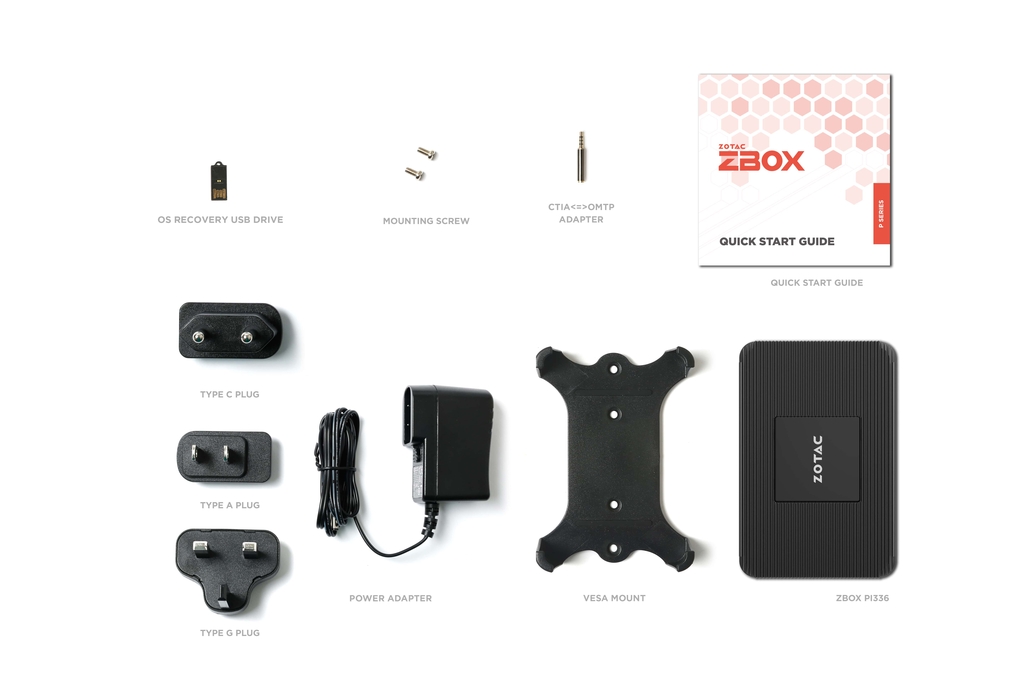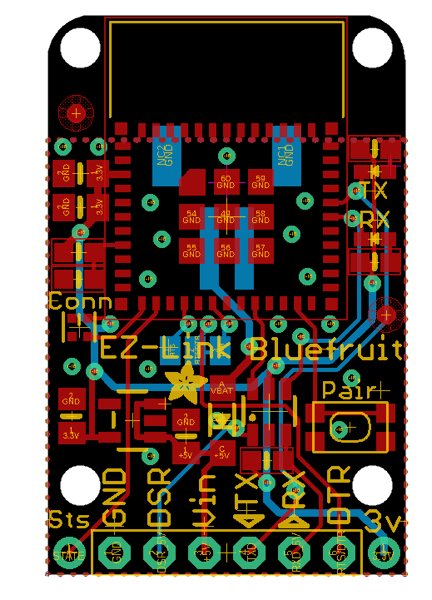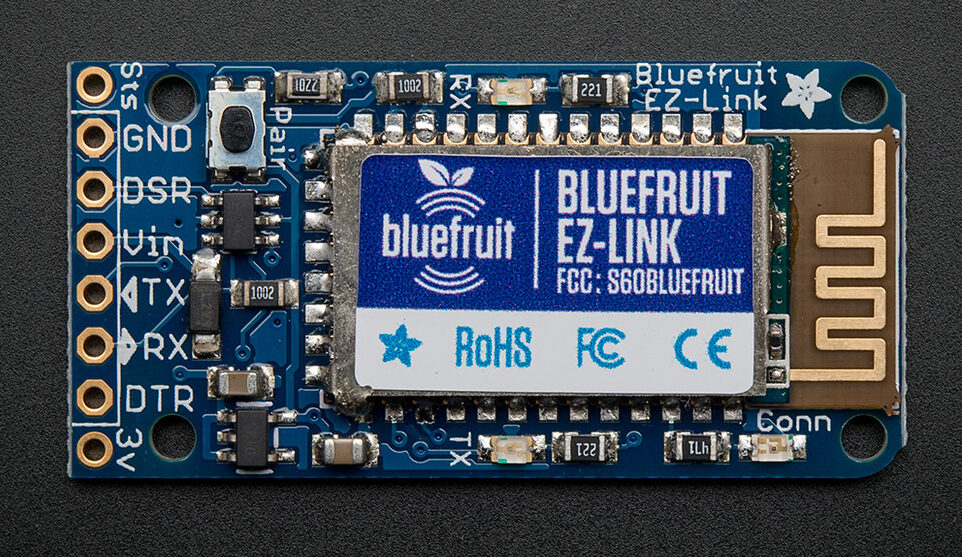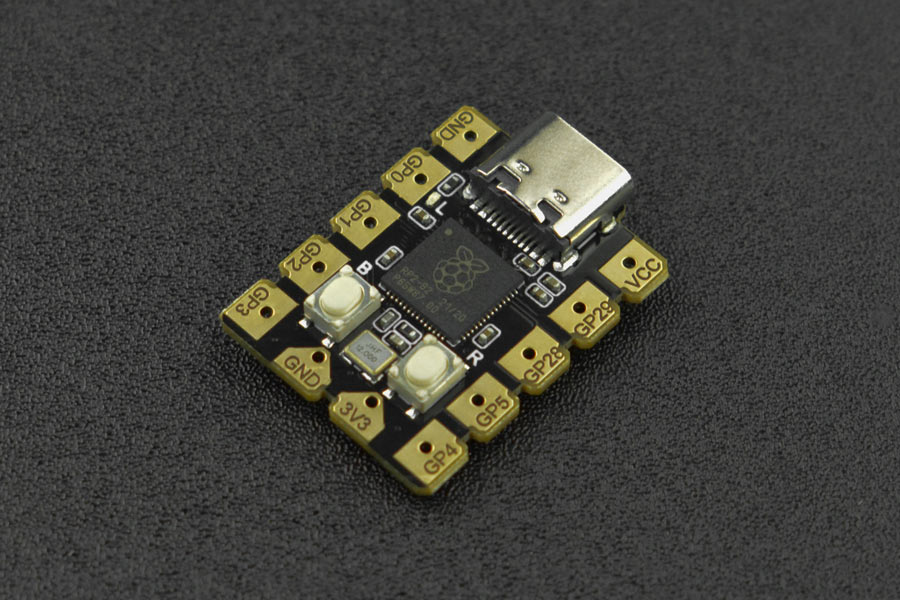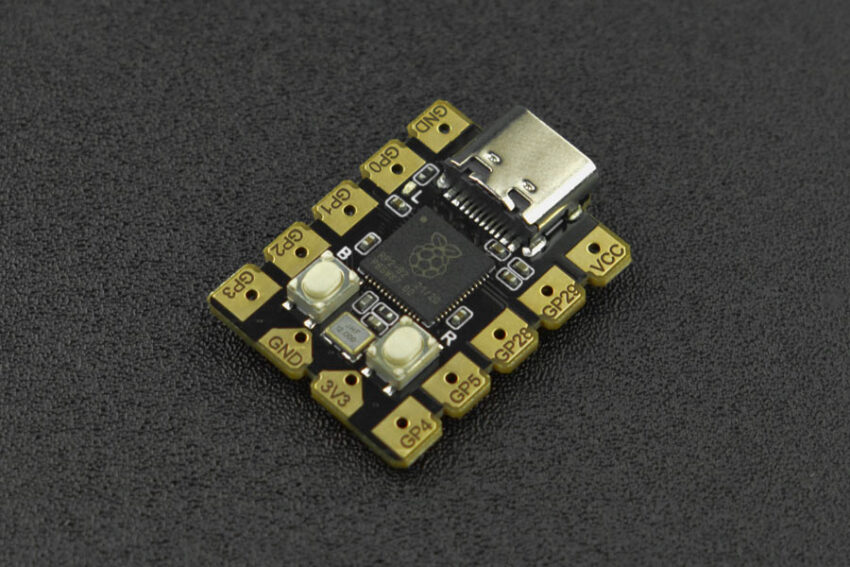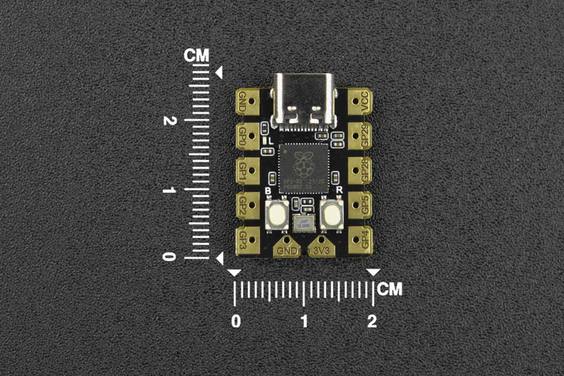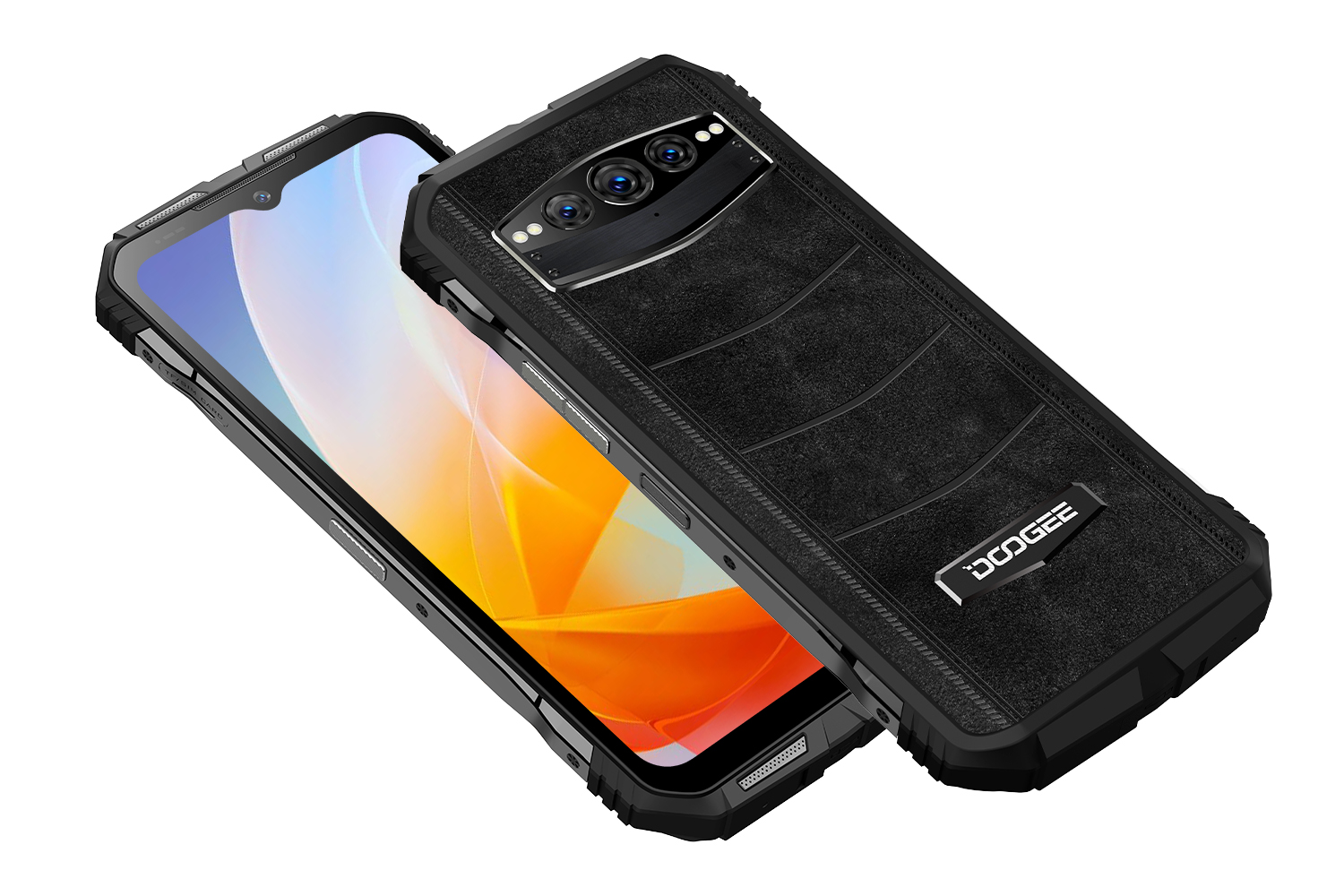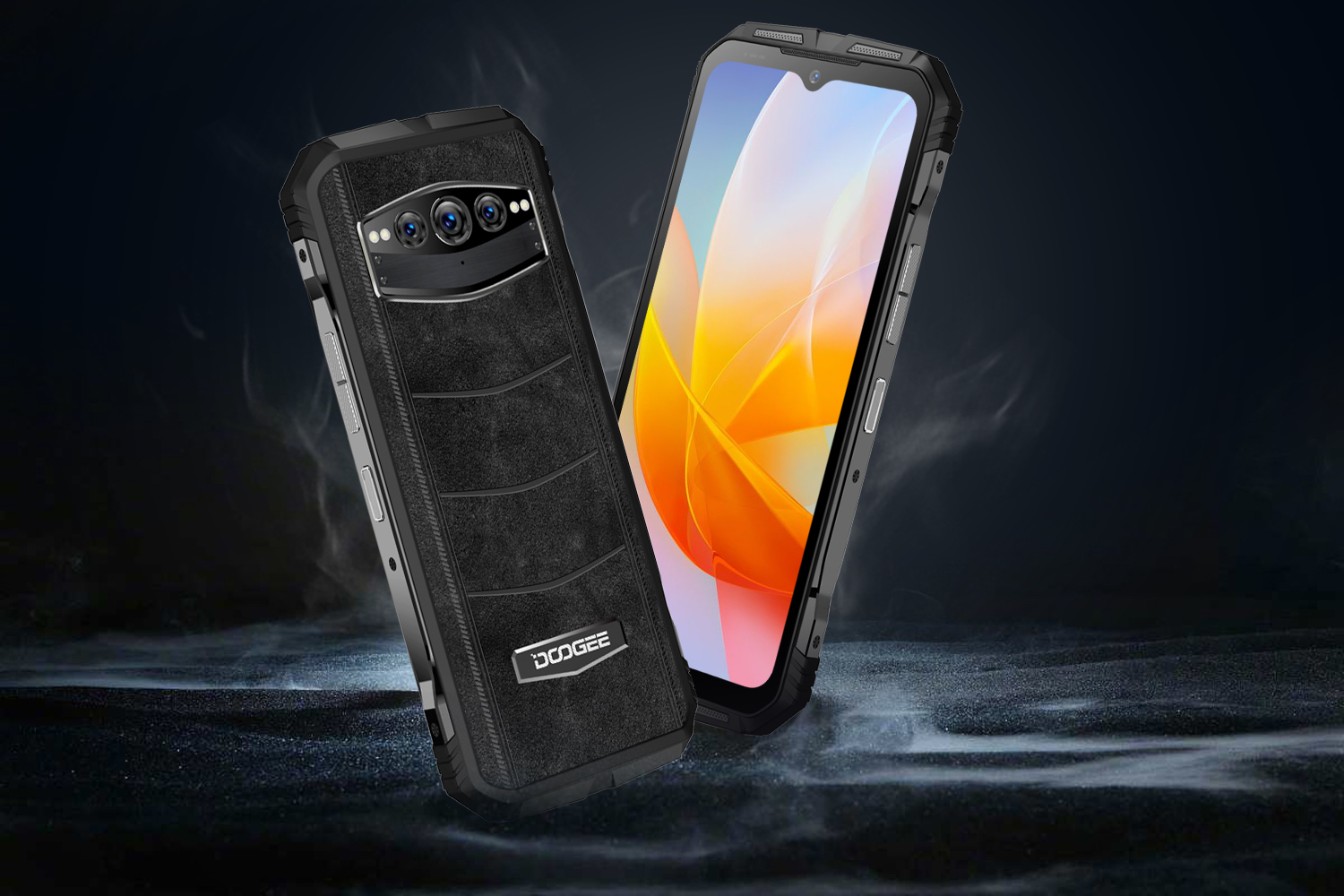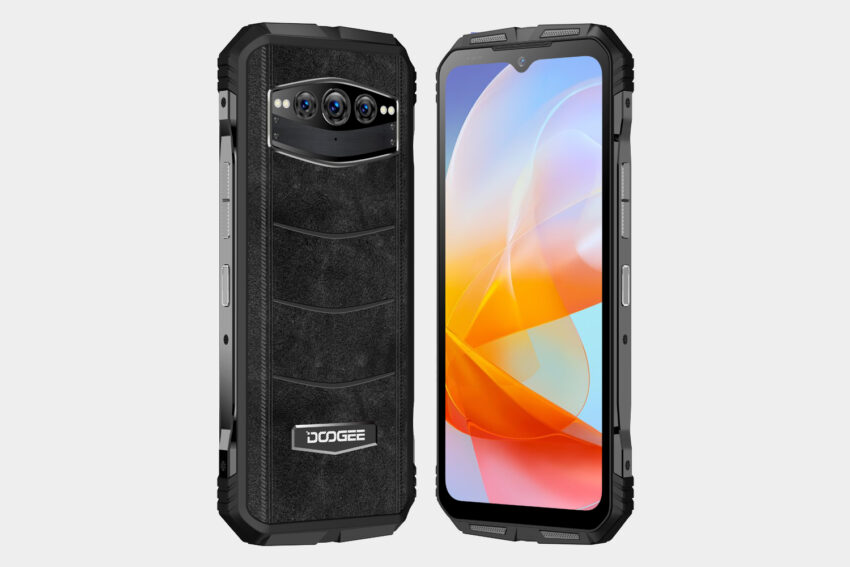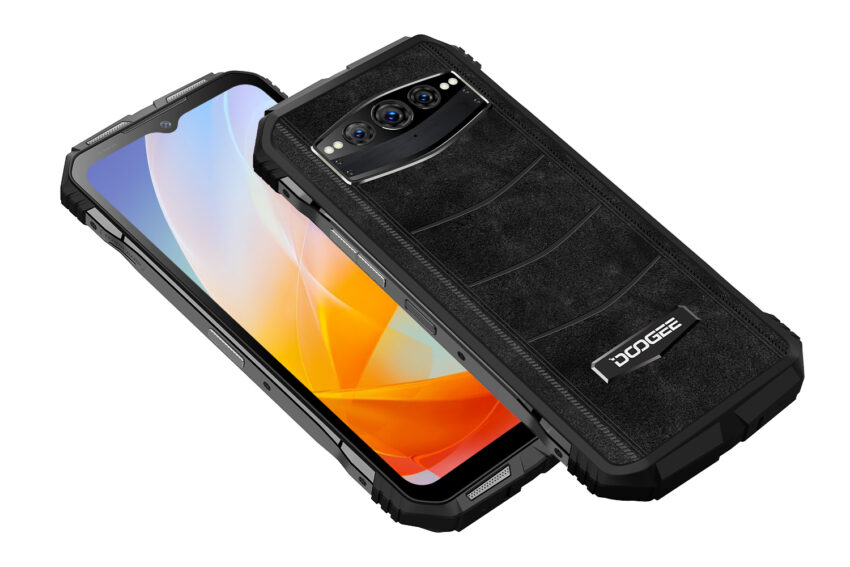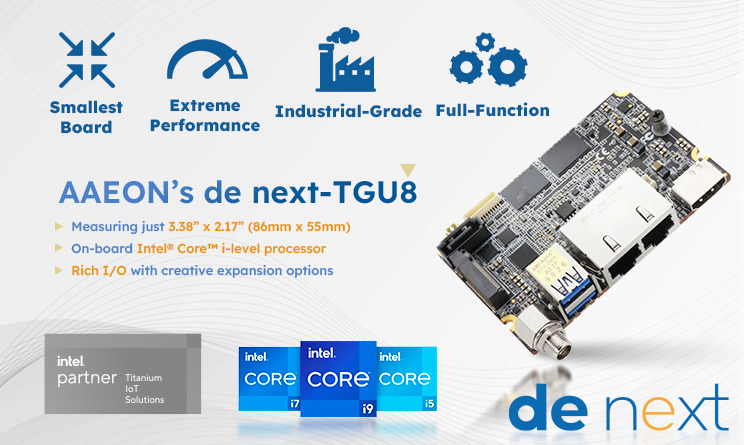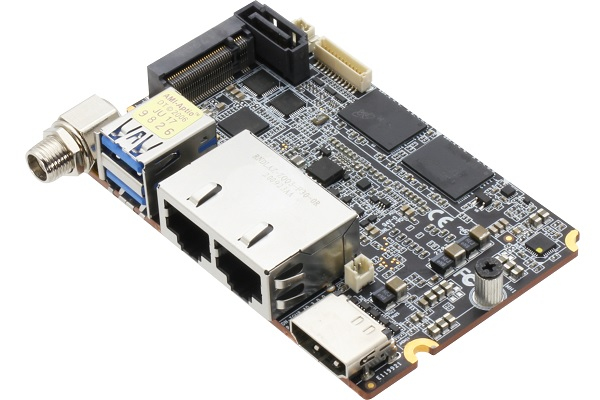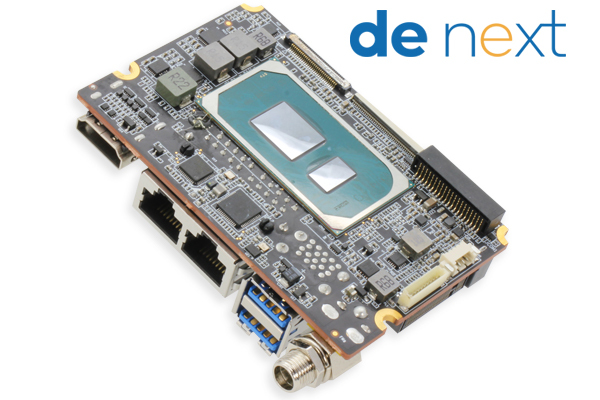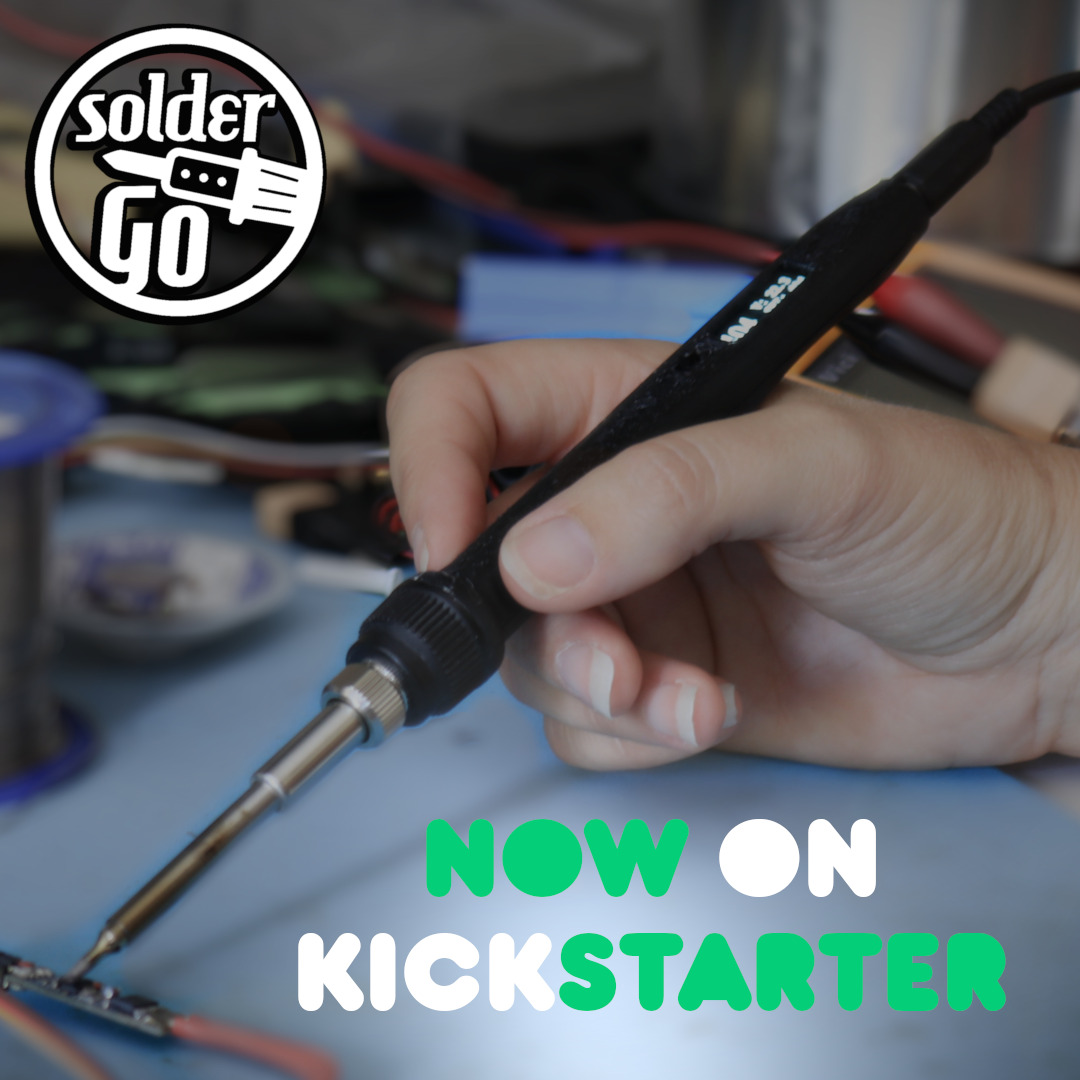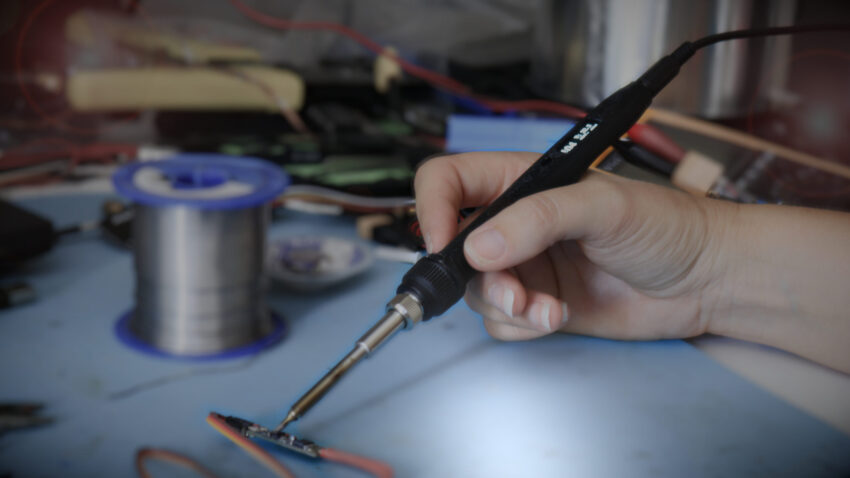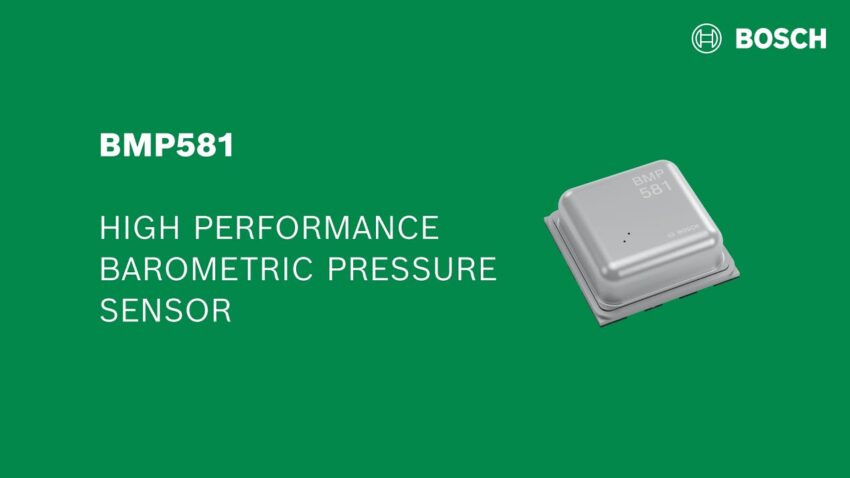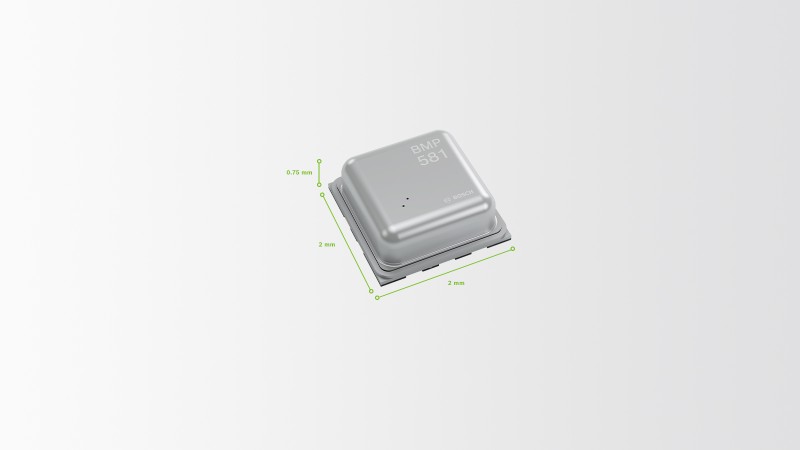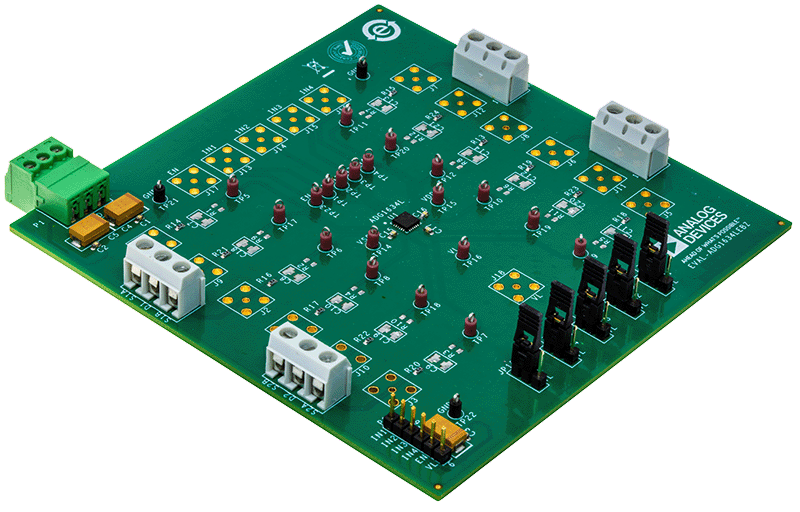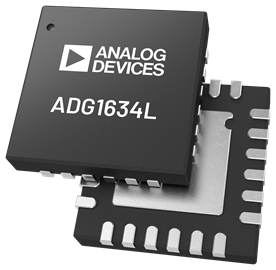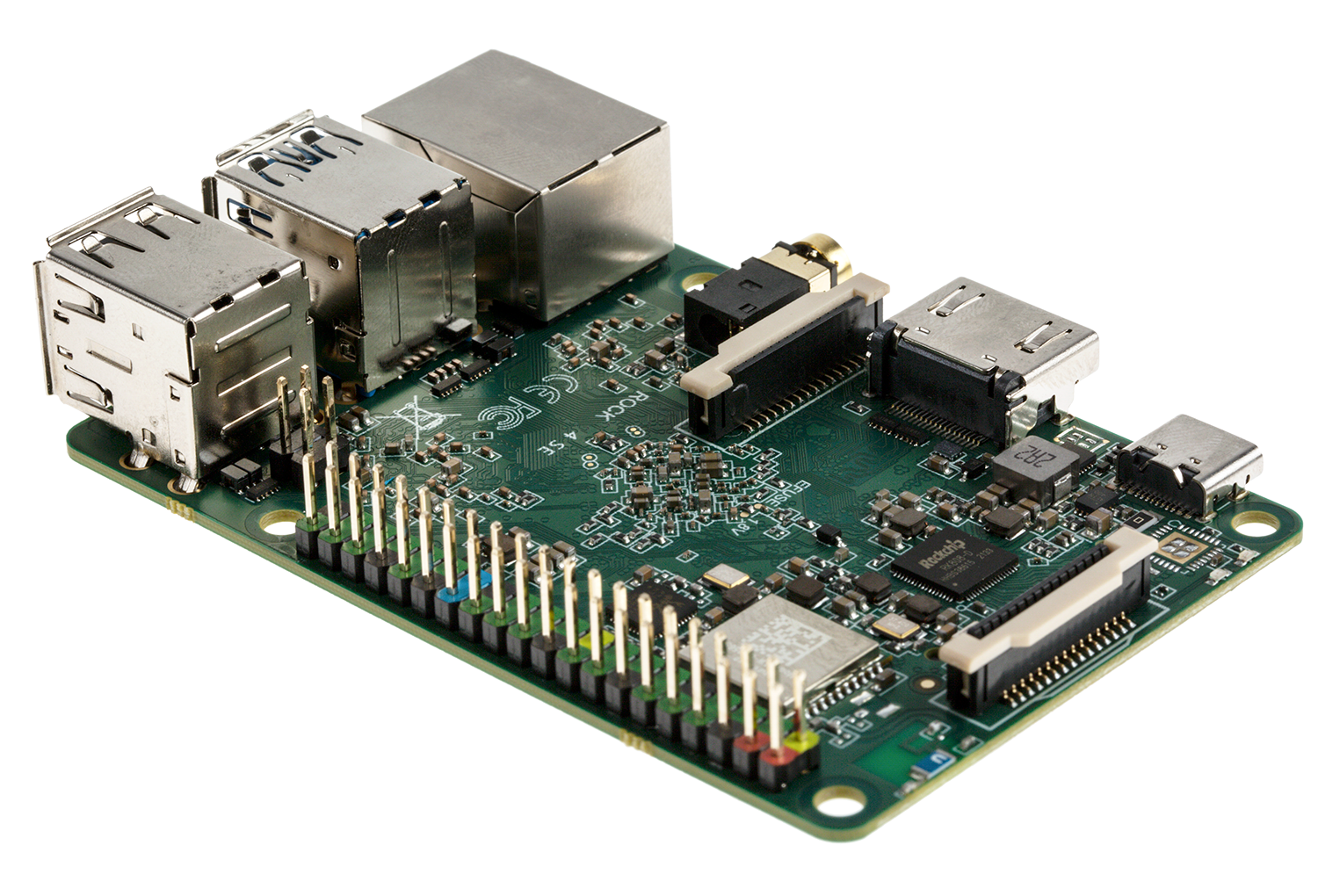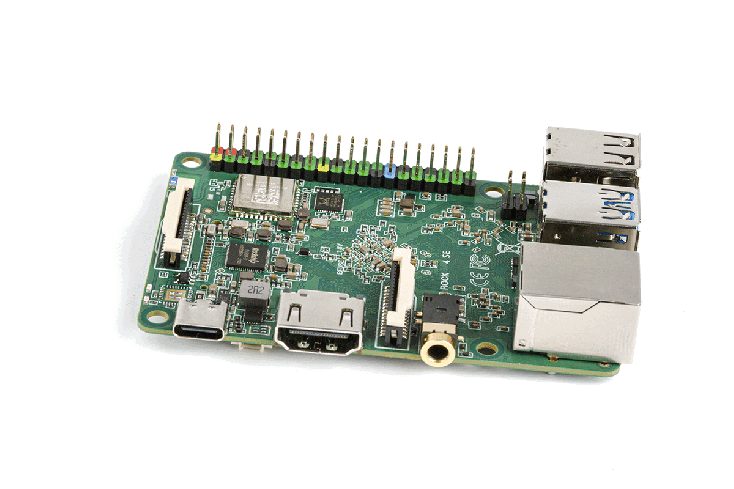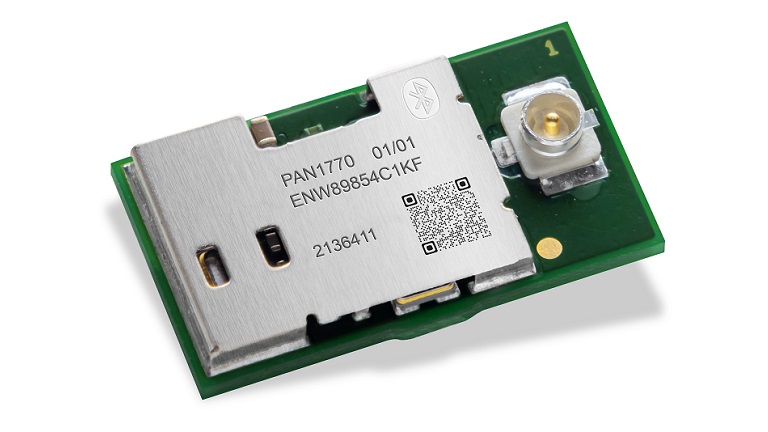 The PAN1770 is a Bluetooth 5.1 Low Energy (LE) module based on the Nordic nRF52840 single-chip controller that allows you to attach an external antenna via uFL. The Bluetooth 5.1 features additionally a higher symbol rate of 2 Mbps using the high-speed LE 2M PHY or a significantly longer range using the LE coded PHY at 500 kb/s or 125 kb/s. The new channel selection algorithm (CSA#2) improves the performance in high interference environments. Furthermore, the new LE advertising extensions allow for much larger amounts of data to be broadcasted in connectionless scenarios.
The PAN1770 is a Bluetooth 5.1 Low Energy (LE) module based on the Nordic nRF52840 single-chip controller that allows you to attach an external antenna via uFL. The Bluetooth 5.1 features additionally a higher symbol rate of 2 Mbps using the high-speed LE 2M PHY or a significantly longer range using the LE coded PHY at 500 kb/s or 125 kb/s. The new channel selection algorithm (CSA#2) improves the performance in high interference environments. Furthermore, the new LE advertising extensions allow for much larger amounts of data to be broadcasted in connectionless scenarios.
An output power of up to 8 dBm and the high sensitivity of the nRF52840 in combination with the LE-coded PHY make the module very attractive in applications, where a long range is required. In addition, the ultra-low current consumption of the PAN1770 makes the module an ideal choice for battery-powered devices. With the Cortex ® M4F processor, 256 kB RAM and the build-in 1 MB flash memory the PAN1770 can easily be used in standalone mode, thereby eliminating the need for an external processor, saving complexity, space, and cost. The rich set of security features from the ARM TrustZone CryptoCell 310 security subsystem provide the necessary means for secure device operation in the IoT space. The PAN1770 also supports Type 2 Near Field Communication (NFC-A) for use in simplified pairing and payment solutions (external antenna required).
Features
- Bluetooth 5.1 (Long Range, 2Mbps PHY)
- ARM® Cortex®-M4F (64MHZ) with 1 MB flash memory and 256 kB internal RAM
- Includes ARM® TrustZone® Cryptocell 310 and supports secure boot including Root-of-Trust
- New channel selection algorithm (CSA#2) improves the performance in high interference environments
- Up to 48× General Purpose I/Os (GPIO), which are shared by up to 4× SPI, 2× I²C, 2× UART, 4× PWM, 8× ADC, NFC-A, 32 kHz IN/OUT, nRESET
- USB 2.0 full-speed device interface
- REACH and RoHS Compliant
- Over-the-air update of application software
- Surface Mount Type (SMT) 15.6 mm x 8.7 mm x 2.05 mm
- Typical max. output power 8 dBm, configurable from -20 dBm in 4dB steps
- Sensitivity -95 dBm @ 1 Mb/s and -103 dBm @ 125 kb/s
- Current consumption of 4.8 mA in TX (@ 0 dBm) and 4.8 mA in RX mode
- On-module DC-DC and LDO regulators with automated low current modes
- Voltage range: 1.7 V to 5.5 V
- Typical current consumption: 0.4 μA in System OFF mode, 1.5 μA with RTC wake up
- Temperature range: -40 °C to 85 °C
- Certified Antenna list
more information: https://industry.panasonic.eu/products/devices/wireless-connectivity/bluetooth-low-energy-modules/pan1770-nrf52840


